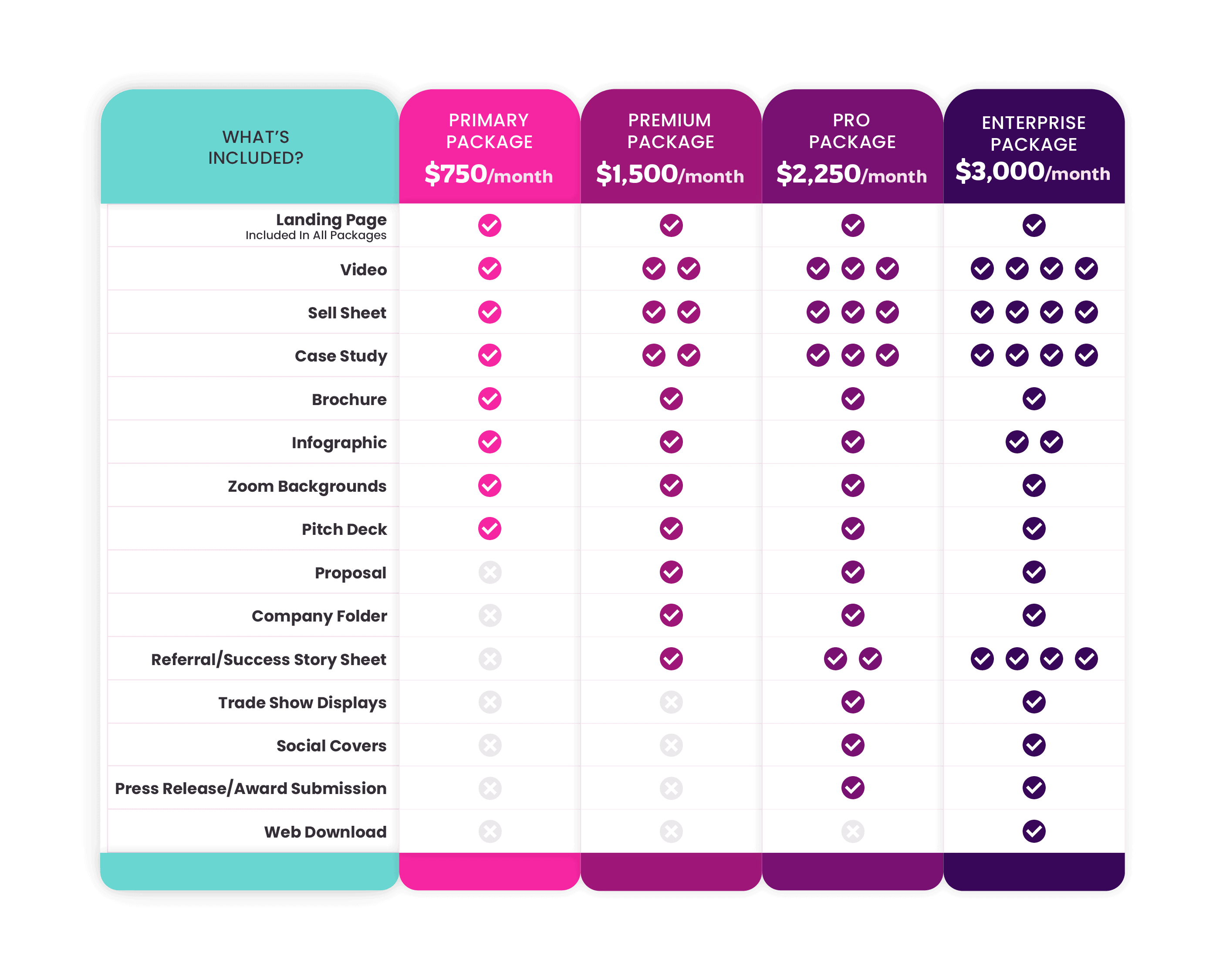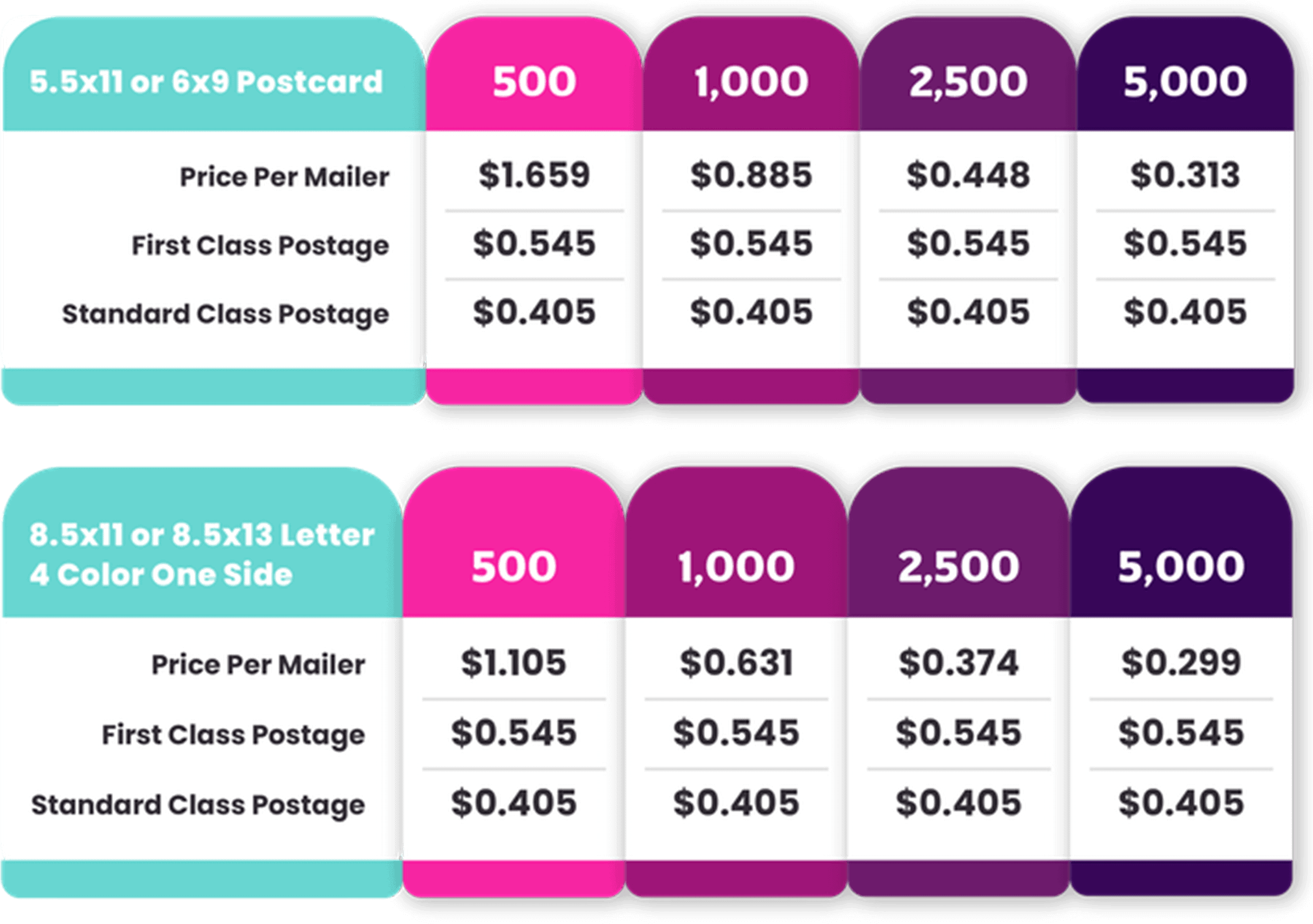How To Boost Customer Loyalty With Sales Enablement Assets
Congrats! After days, weeks, and months of your sales reps cold calling a lead, they finally agreed to a sales appointment. Then, your internal sales team went in, presented a killer pitch deck, and closed business with the lead. Now that you have captured the heart of the key decision-maker, are you just going to forget about them and leave them in the dust? We sure hope not.
Aside from providing customers with awesome B2B products and services, there are other ways you can boost customer loyalty. While marketing collateral is essential for each stage of the customer journey, it’s no surprise that it’s vital to retain customer satisfaction.
If you want to keep customers for a lifetime, consider implementing the following sales enablement assets into your customer loyalty strategy:
Keep reading to explore how each of these sales enablement materials can help you retain customers for the long haul.
Company newsletters are great pieces of marketing collateral to engage with existing customers. Company newsletters share overall company updates, product recommendations, service upgrades, and more. These pieces of information are relevant for ongoing customers because they present customer-client transparency and increase upselling opportunities.
Today, more and more company newsletters are distributed weekly or monthly through email marketing campaigns. These sales enablement assets should boost loyal customer satisfaction and encourage them to buy more from your company.
Company newsletters can also be interactive, including polls, surveys, and other components so your marketing team can gather crucial customer data and present more targeted marketing content. This ensures that repeat customers enjoy the content they get from your company and encourages them to stay loyal.
For example, let’s suggest that you’re an HVAC company that distributes newsletters to ongoing customers. Presenting a poll or survey that asks how much a customer spends on their energy bills each month allows your marketing team to gather data about their own clientele. They can cross-sell and upsell new products and services as they seem fit for their scenario.
Magazines
Company magazines build customer loyalty because they often include short- and long-form marketing content that engages readers’ interest. This marketing content should boost the customer experience because it shows readers the positive impact you’re having on the industry, your employees, and your clients’ long-term success.
Magazines are great for keeping customers and employees engaged with your business’s day-to-day operations. Companies that use magazines for customer loyalty give repeating businesses the opportunity to learn about what’s going on within the company and industry as a whole. They present a company and industry voice that potential customers may not see otherwise.
For example, if you’re a mortgage company that wants to highlight the success of your Realtors, a magazine would be a significant way to spotlight these accomplishments. In these sales enablement assets, you can showcase a specific Realtor and provide an instance where they helped a potential homeowner. Additionally, a magazine article allows your marketing team to interview the Realtor and discuss their process in helping the client find the home of their dreams, thus presenting more personable, one-on-one insight.
Annual Reports
Annual reports are brand- and industry-focused reports that provide readers with information about a company’s standings on their employees, clients, and community. In these reports, sales and marketing teams present readers with data gathered from data analysts. The marketing team’s goal is to present easy-to-understand data that matters to employees, stakeholders, and investors.
In years past, annual reports were simple PDF documents with little to no creative visuals. Today, more companies are making annual reports easier to digest by adding visual charts and diagrams, so they’re easier to digest for almost everyone. Luckily, with business tools and technologies like Salesforce, companies have the opportunity to convert numerical data into charts for easy-to-digest content.
Transforming numerical data into visually appealing aids is essential for customer loyalty because it provides transparent insight into your company’s everyday operations for long-term customers. This enables them to feel more connected with your company and encourages them to stay loyal to your brand.
For example, let’s suggest that you’re an IT company that wants to show customers the positive impact your company has made on business networks around the region in the past year. An annual report can collect and project this data in a visually appealing way, making it easily digestible and impactful for readers of all different buyer personas.
While social media graphics are ideal for the awareness stage of the buyer’s journey, they’re also suitable for customer loyalty. Social media is a great way to connect with potential customers because it allows them to scope out your brand and determine if your company would be a good fit for their needs.
However, social media can also serve as a customer service platform when it comes to customer loyalty. If a previous customer had an issue with a product or service they received from your company, they could communicate that issue via social media. From here, your internal customer service team can respond to the complaint, take additional measures, and encourage repeat purchases.
Since social media graphics have a call to action to tell readers what you want them to do with the information provided, this could also be a great platform to discuss your product and service offerings and how your business model supports long-term customers.
For example, if your company acquires a customer loyalty program where customers can earn rewards based on their spending, social media graphics could be a good way to promote these loyalty incentives. This could support them to gain a deeper relationship with your company and encourage them to spend more money on your product and service offerings.
Key Takeaways
A B2B partnership doesn’t end after you’ve gained a lead’s business. Now that you successfully converted them from a lead into a customer, it’s essential that you continue to work with them and keep their business for the long haul. With marketing collateral for the customer loyalty stage of the buyer’s journey, you have the opportunity to continue building trust, maintain brand credibility, and boost upselling opportunities.
To explore the different types of marketing collateral for each stage of the buyer’s journey, download our guide here.
If you need help creating high-quality marketing collateral that boosts customer retention, contact the graphic design experts at Creative Sweets!











Social Media Graphics